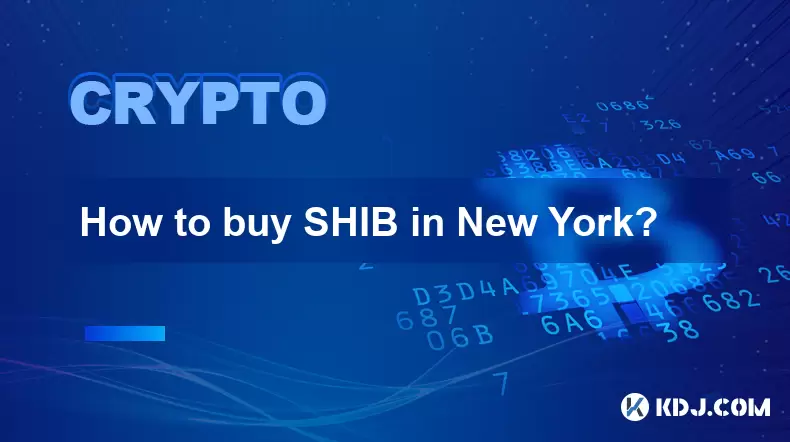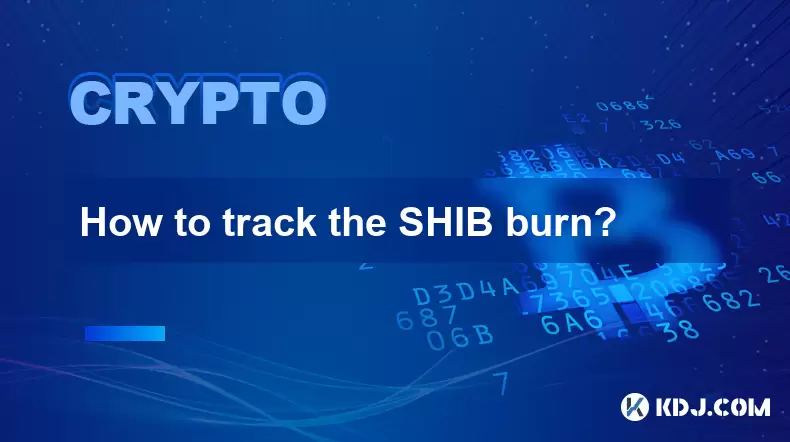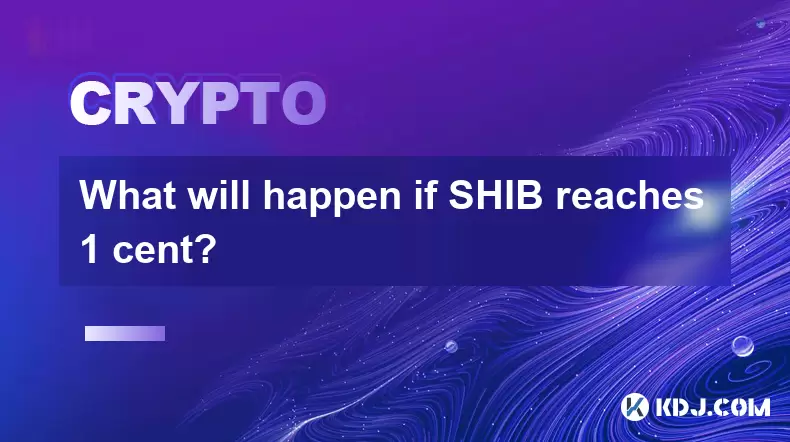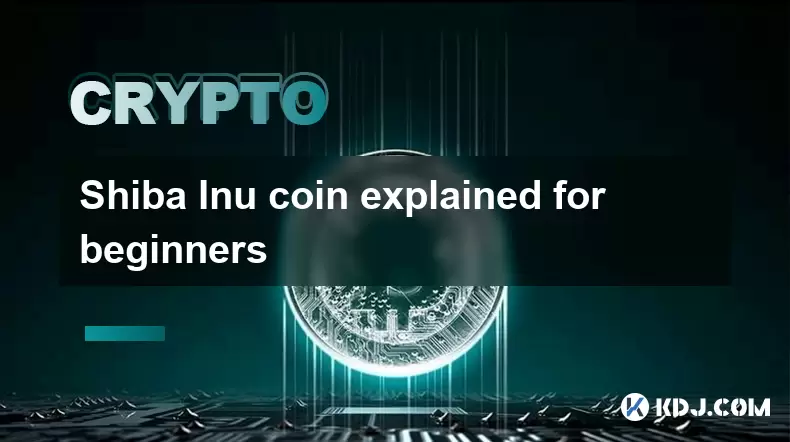-
 Bitcoin
Bitcoin $116900
0.00% -
 Ethereum
Ethereum $4280
5.48% -
 XRP
XRP $3.265
-1.45% -
 Tether USDt
Tether USDt $1.000
-0.01% -
 BNB
BNB $807.0
1.41% -
 Solana
Solana $183.1
2.93% -
 USDC
USDC $0.9999
0.00% -
 Dogecoin
Dogecoin $0.2440
6.50% -
 TRON
TRON $0.3357
-0.88% -
 Cardano
Cardano $0.8178
2.63% -
 Hyperliquid
Hyperliquid $44.13
7.45% -
 Chainlink
Chainlink $21.39
9.09% -
 Stellar
Stellar $0.4524
-0.84% -
 Sui
Sui $3.957
2.13% -
 Bitcoin Cash
Bitcoin Cash $572.7
-2.54% -
 Hedera
Hedera $0.2671
1.54% -
 Avalanche
Avalanche $24.77
4.17% -
 Ethena USDe
Ethena USDe $1.001
0.02% -
 Litecoin
Litecoin $122.3
-1.94% -
 Toncoin
Toncoin $3.432
2.26% -
 UNUS SED LEO
UNUS SED LEO $9.007
0.49% -
 Shiba Inu
Shiba Inu $0.00001396
5.26% -
 Uniswap
Uniswap $11.09
1.64% -
 Polkadot
Polkadot $4.155
4.57% -
 Dai
Dai $1.000
0.00% -
 Pepe
Pepe $0.00001253
5.11% -
 Cronos
Cronos $0.1588
2.67% -
 Bitget Token
Bitget Token $4.512
0.05% -
 Monero
Monero $275.0
0.64% -
 Ethena
Ethena $0.7527
15.10%
How to avoid slippage in PEPE trading? What are some practical tips?
Slippage in PEPE trading is the difference between expected and executed trade prices, influenced by market volatility and liquidity; manage it with slippage tolerance and limit orders.
May 07, 2025 at 05:21 am

Introduction to Slippage in PEPE Trading
Slippage in cryptocurrency trading, including trading the meme coin PEPE, refers to the difference between the expected price of a trade and the price at which the trade is actually executed. This phenomenon can significantly impact your trading outcomes, especially in volatile markets. Understanding and mitigating slippage is crucial for traders looking to optimize their trading strategies and minimize losses.
Understanding the Causes of Slippage
Slippage occurs due to several factors, primarily related to market volatility and liquidity. Market volatility can cause rapid price changes, making it difficult for your trade to be executed at the desired price. Low liquidity means there are fewer buyers and sellers, which can result in larger price movements when trades are executed. Additionally, order size can contribute to slippage; larger orders are more likely to move the market price.
Setting Appropriate Slippage Tolerance
One of the most effective ways to manage slippage is by setting an appropriate slippage tolerance. This is the maximum percentage of slippage you are willing to accept for your trade. Here's how you can set it:
- Open your trading platform and navigate to the settings or preferences section.
- Locate the slippage tolerance setting. This might be labeled as "slippage tolerance" or "slippage percentage."
- Adjust the slippage tolerance to a level you are comfortable with. A common range is between 0.5% to 2%, but this can vary based on your risk tolerance and the volatility of the market.
Setting a higher slippage tolerance can increase the likelihood of your trade being executed, but it also increases the potential for larger price discrepancies.
Utilizing Limit Orders to Minimize Slippage
Limit orders are another tool traders can use to avoid slippage. Unlike market orders, which execute at the current market price, limit orders only execute at the specified price or better. Here's how to use limit orders effectively:
- Determine your target price for buying or selling PEPE.
- Place a limit order at this price. If you're buying, set the limit order below the current market price; if selling, set it above.
- Monitor the order. If the market reaches your specified price, the order will be executed, potentially reducing slippage.
Limit orders can help you control the price at which you trade, but they come with the risk of not being executed if the market does not reach your specified price.
Trading During High Liquidity Periods
Trading during periods of high liquidity can significantly reduce the risk of slippage. High liquidity means there are more buyers and sellers in the market, which can lead to smaller price movements and more stable trading conditions. Here are some tips for identifying high liquidity periods:
- Monitor trading volumes. Higher trading volumes often indicate higher liquidity.
- Trade during peak hours. For PEPE, this might be during times when the broader cryptocurrency market is most active, such as during major market sessions in the U.S. or Asia.
- Avoid trading during weekends or holidays, when liquidity tends to be lower.
By aligning your trading activities with periods of high liquidity, you can minimize the impact of slippage on your trades.
Using Advanced Trading Tools and Platforms
Some advanced trading platforms offer tools specifically designed to help manage slippage. These might include:
- Slippage protection features that automatically adjust your order to minimize slippage.
- Algorithmic trading tools that can execute trades based on predefined criteria, potentially reducing the impact of slippage.
- Real-time market data and analytics that can help you make more informed trading decisions.
When selecting a trading platform, consider those that offer these advanced features to enhance your ability to manage slippage effectively.
Frequently Asked Questions
Q: Can slippage be completely eliminated in PEPE trading?
A: No, slippage cannot be completely eliminated due to the inherent nature of cryptocurrency markets. However, by using the strategies outlined above, you can significantly reduce its impact.
Q: How does the size of my trade affect slippage?
A: Larger trades are more likely to cause price movements, which can increase slippage. If you're trading a significant amount of PEPE, consider breaking your trade into smaller orders to minimize this effect.
Q: Is it better to use market orders or limit orders to avoid slippage?
A: Limit orders are generally better for avoiding slippage because they allow you to set a specific price at which you're willing to trade. However, they come with the risk of not being executed if the market doesn't reach your specified price.
Q: How can I tell if the market for PEPE is highly liquid?
A: You can gauge the liquidity of the PEPE market by monitoring trading volumes and price stability. Higher volumes and less price volatility typically indicate higher liquidity.
Disclaimer:info@kdj.com
The information provided is not trading advice. kdj.com does not assume any responsibility for any investments made based on the information provided in this article. Cryptocurrencies are highly volatile and it is highly recommended that you invest with caution after thorough research!
If you believe that the content used on this website infringes your copyright, please contact us immediately (info@kdj.com) and we will delete it promptly.
- Shiba Inu, Pepe, and Remittix: A Tale of Memes, Hype, and Real-World Utility
- 2025-08-10 08:30:12
- Ethereum Price, ETH Tokens, Rally Prediction: Is a New All-Time High In Sight?
- 2025-08-10 08:30:12
- XRP, Elon Musk, and Wealth: A Crypto Conundrum
- 2025-08-10 08:50:12
- Retire Early with Crypto: High-Conviction Plays Beyond Bitcoin
- 2025-08-10 08:50:12
- BlockDAG, Render, and Polkadot: Charting the Course for Long-Term Crypto Dominance
- 2025-08-10 08:55:21
- Toncoin's Ascent: Price Predictions and the VERB Strategy Impact
- 2025-08-10 08:55:21
Related knowledge

How to buy SHIB in New York?
Jul 18,2025 at 05:42pm
What is SHIB and Why is it Popular?SHIB, or Shiba Inu, is a decentralized cryptocurrency that has gained popularity due to its meme-inspired branding ...

What are the tokenomics of SHIB?
Jul 20,2025 at 06:21pm
Overview of SHIB TokenSHIB, short for Shiba Inu, is an Ethereum-based cryptocurrency that launched in August 2020. It was created as a decentralized c...

Is the Shiba Inu ecosystem sustainable?
Jul 24,2025 at 12:56pm
Understanding the Shiba Inu EcosystemThe Shiba Inu (SHIB) ecosystem began as a meme coin, similar to Dogecoin, but has since evolved into a more compl...

How to track the SHIB burn?
Jul 18,2025 at 10:35pm
Understanding the SHIB Burn MechanismThe SHIB burn refers to the process of permanently removing Shiba Inu (SHIB) tokens from circulation. This is typ...

What will happen if SHIB reaches 1 cent?
Jul 22,2025 at 02:00pm
Understanding the Value of SHIBSHIB, or Shiba Inu, is a decentralized meme token that gained significant attention due to its association with Dogecoi...

Shiba Inu coin explained for beginners
Jul 22,2025 at 05:49am
What Is Shiba Inu Coin?Shiba Inu (SHIB) is a decentralized cryptocurrency that was created in 2020 by an anonymous individual or group known as Ryoshi...

How to buy SHIB in New York?
Jul 18,2025 at 05:42pm
What is SHIB and Why is it Popular?SHIB, or Shiba Inu, is a decentralized cryptocurrency that has gained popularity due to its meme-inspired branding ...

What are the tokenomics of SHIB?
Jul 20,2025 at 06:21pm
Overview of SHIB TokenSHIB, short for Shiba Inu, is an Ethereum-based cryptocurrency that launched in August 2020. It was created as a decentralized c...

Is the Shiba Inu ecosystem sustainable?
Jul 24,2025 at 12:56pm
Understanding the Shiba Inu EcosystemThe Shiba Inu (SHIB) ecosystem began as a meme coin, similar to Dogecoin, but has since evolved into a more compl...

How to track the SHIB burn?
Jul 18,2025 at 10:35pm
Understanding the SHIB Burn MechanismThe SHIB burn refers to the process of permanently removing Shiba Inu (SHIB) tokens from circulation. This is typ...

What will happen if SHIB reaches 1 cent?
Jul 22,2025 at 02:00pm
Understanding the Value of SHIBSHIB, or Shiba Inu, is a decentralized meme token that gained significant attention due to its association with Dogecoi...

Shiba Inu coin explained for beginners
Jul 22,2025 at 05:49am
What Is Shiba Inu Coin?Shiba Inu (SHIB) is a decentralized cryptocurrency that was created in 2020 by an anonymous individual or group known as Ryoshi...
See all articles

























































































